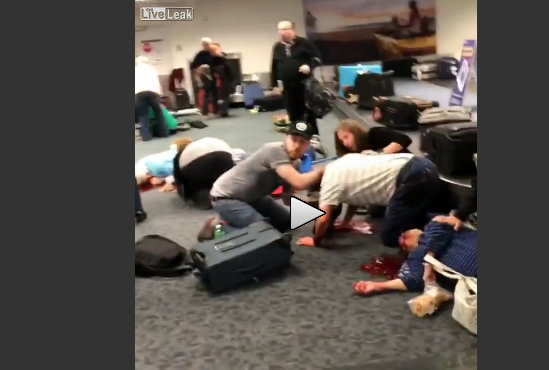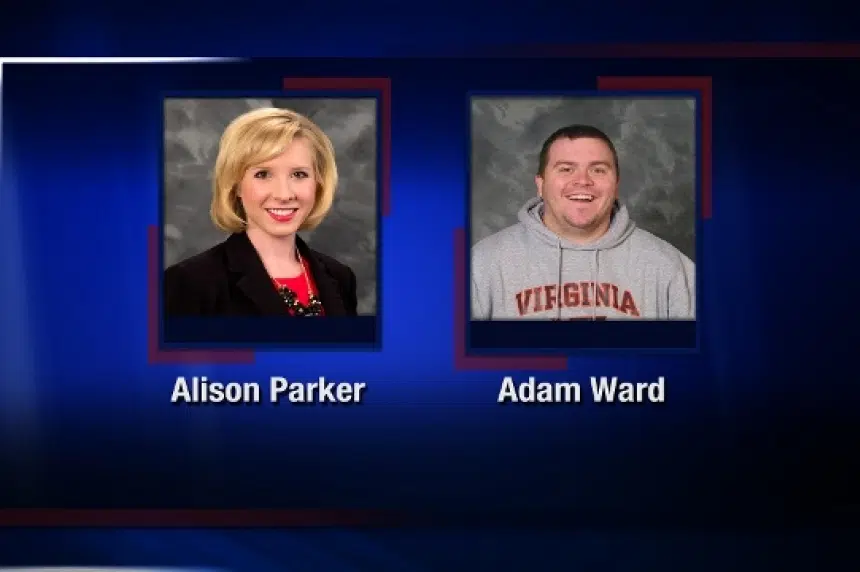

LaGanga returned to film the rescue and recovery at ground zero for a week after the attack. "Boy, that was close," a voice said in the dark. An ensuing wave of smoke and dust engulfed LaGanga's lens, and the screen turned to black. "That's why I panned up."Īs the building fell in on itself, people sprinted down the street, panicked. "It sounded like a jet flying over," he said in 2018. LaGanga turned his camera upward to film the north tower, smoldering and stark against a bright blue sky. A thick layer of dust and soot caked every surface and dampened the sound of building alarms. On the street near the remaining tower, New York City looked unrecognizable, all hazy and monochromatic. Even those who watched it happen up close could not process that the entire south tower, a gargantuan skyscraper of 110 floors, had suddenly vanished.Īs LaGanga walked toward the north tower, smoke and dust began to fill the cerulean sky. "There was so much dust and the street signs were hard to see that it never really dawned on me that one tower already came down," LaGanga said in a 2018 interview.Īs he walked from the highway toward the base of the north tower, he interviewed passersby, asking the question on everyone's mind: "What happened?" A police officer thought the roof had caved in a firefighter thought part of the building collapsed. The south tower had collapsed at 9:59 am, but LaGanga did not yet realize. He turned on his camera a few minutes after 10 am. When he could not drive his news truck any farther, when the street in front of him was blocked by stopped cars and shell-shocked people fleeing north, he parked and stood on his truck's roof to get a better angle of the smoke billowing out of the north tower. Infamous video sharing website LiveLeak is dead, shutting down on Wednesday after 15 years of nightmare fuel and trauma. And as it turns out that’s exactly what it was.But the farther downtown he got, LaGanga, now a 60 Minutes cameraman, tried to make sense of the nightmare unfolding in front of him. it would always be a crazy, silly accident. “It was probably always going to be something weird with Steve. “It was shocking,” Lyons said of the way Irwin died. But not by a dangerous creature such as a crocodile or shark, because Irwin was so adept at dealing with such wildlife. Lyons said that within Irwin’s circle, there was a sense that Irwin would meet his end in a “weird” way.

But it took professionals only seconds to look at Irwin and declare him dead. The cameraman said he would later perform CPR on Irwin for nearly an hour while the main vessel took them closer to emergency workers. “He calmly looked up at me and said, ‘I’m dying.’ And that was the last thing he said. “I was saying to him things like, ‘Think of your kids, Steve, hang on, hang on, hang on,’” he said. A crew member put pressure on the wound while he tried to calm his friend. Lyons described the frantic effort to keep Irwin alive. There, it soon became clear that Irwin was dying. Within 30 seconds, the crew had Irwin on an inflatable boat heading back to the main vessel being used on the shoot. For his part, Irwin also seemed to think the damage was limited, telling Lyons: “It punctured me lung.” His first thought was that the pair needed to get out of the water quickly, lest they start attracting sharks. Lyons said he did not realize the extent of Irwin’s injuries. Perkins was declared dead a short time later in a hospital. On the morning of August 26, 2015, news reporter Alison Parker and photojournalist Adam Ward, both employees of CBS affiliate WDBJ in Roanoke, Virginia, United States, were fatally shot while conducting a live television interview near Smith Mountain Lake in Moneta. That information was incorrect, Lyons said: “It didn’t come out, Steve didn’t pull it out.” Antonio Perkins was streaming video of himself on Facebook Live on Wednesday when he was shot and killed in Chicago. This account contradicts earlier claims that Irwin had died after removing the stingray’s barb after it had become lodged in the middle of his chest. Steve was standing in a huge pool of blood.” “It wasn’t until I panned the camera back. I didn’t even know it had caused any damage,” he said. “I panned with the camera as the stingray swam away. It all happened so quickly that Lyons did not immediately realize something had gone wrong. “It started stabbing wildly with its tail,” Lyons recalled, “hundreds of strikes within a few seconds.” Then suddenly, and without warning, the creature attacked. “I thought, ‘This is going to be a great shot,’” Lyons recalled. The pair decided to go back under water for “one last shot” of Irwin behind the stingray before it swam off into the ocean. The cameraman and Irwin shot some footage that they hoped to use for a different project, and were conferring on what they’d gotten so far.


 0 kommentar(er)
0 kommentar(er)
